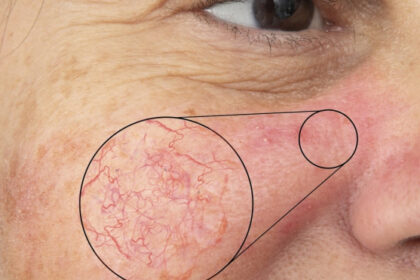Restorative dentistry focuses on repairing or replacing teeth to restore their function and appearance. When a tooth is damaged by decay, disease, or injury, a restorative procedure can help preserve it. A common and effective treatment in restorative dentistry is the root canal, a procedure designed to save a natural tooth that has become severely infected or decayed. Here’s information on root canal therapy and how it preserves your smile:
What Is a Root Canal?
A root canal is a dental procedure performed to treat an infection within the pulp of a tooth. The pulp is the innermost part of the tooth, containing nerves, blood vessels, and connective tissue. When this area becomes infected or inflamed due to deep decay, repeated dental procedures, or a crack or chip in the tooth, treatment becomes necessary to save the tooth and prevent further issues.
Some key steps of this restorative treatment are:
- The process typically begins with the dentist taking an X-ray to see the shape of the root canals. This step is used to determine if there are any signs of infection in the surrounding bone.
- The area around the tooth is numbed with a local anesthetic.
- A small access hole is then drilled into the tooth to reach the inner pulp.
- Using specialized instruments, the dentist carefully removes the infected or inflamed pulp. They then clean the inside of the tooth.
- The hollowed-out area is then filled with a rubber-like material and sealed.
- A crown is placed on the tooth to protect it and restore its full function, sometimes at a second appointment.
What Are Some Signs of Infection?
For timely treatment, it is key to recognize the signs of oral infection. While only a dental professional can diagnose the need for a root canal, certain symptoms often point to a potential problem within the tooth’s pulp. Persistent tooth pain is one of the most common indicators. This pain may be spontaneous or occur when you bite down.
You might also notice prolonged sensitivity to hot or cold temperatures, even after the stimulus is removed. Other signs include tender or swollen gums near the affected tooth, a small, pimple-like bump on the gums, and darkening or discoloration of the tooth. If you experience any of these symptoms, consulting a dentist is recommended to determine the cause.
How Does This Therapy Save Your Tooth?
Root canal therapy saves your tooth by removing the source of the infection and preventing its spread. When the pulp becomes infected, the bacteria can multiply and cause a painful abscess, which is a pus-filled pocket at the end of the tooth’s root. If left untreated, this infection can spread to other parts of the mouth and body, potentially leading to tooth loss.
By removing the infected pulp, cleaning the inner chamber, and sealing it, this procedure eliminates the infection and protects the tooth from future microbial invasion. This allows you to keep your natural tooth, which is often preferable to extraction. Preserving the natural tooth helps maintain proper chewing function and normal biting force. It also prevents neighboring teeth from shifting out of position, which can occur when a tooth is lost.
Schedule an Appointment
If you are experiencing tooth pain or other symptoms of a dental infection, promptly contact a dentist. A thorough examination can identify the cause of your discomfort and determine the most appropriate course of action. Schedule an appointment today and preserve your oral health.









